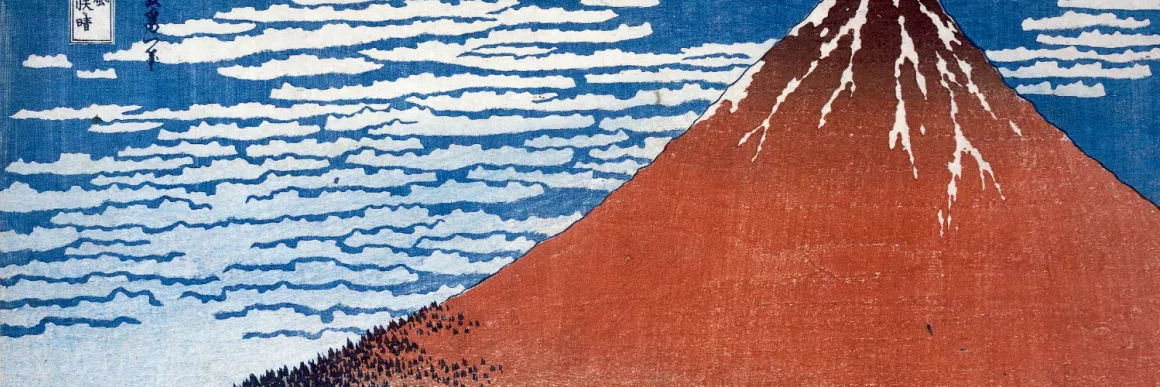This volume brings together essays from Japan, China, Taiwan, and Korea to offer an unprecedented view of English Romanticism’s presence in the modern literature and literary criticism of East Asia. Going beyond simply tracing the influence of English Romantic writing on East Asian writers and critics, each essay reveals an intrinsic and often surprising interconnectedness in the Romantic aesthetics and mode of thought across the borders of East and West. This collection’s reflection on English Romanticism through the historical particularities of East Asian nations at the onset of modernity sheds light on Romanticism as a still valid form of cultural critique against the shared yet divergent forms, experiences, and questions of modernity.
Abstract
This paper offers a historical and aesthetic discussion of the influence that Keats’s poetry had on Japanese modern poetry. The enthusiastic reception of Keats in the period roughly ranging from 1880 to 1910 coincided with Meiji Japan’s obsessive appropriation of Western culture. The coincidence between the acceptance of Keats and Japan’s Westernization articulates a situation not solely attributable to the incorporation of Western poetic diction and imagery into Japanese poetry.
Abstract
This paper puts together a trajectory of Keats’s reception in China from appropriation to oblivion and then to restoration in line with three distinctive moments in Chinese modern history. It explores the interaction between the original text and its foreign context, particularly complex in Keats’s case for his often misconceived image as an escapist aesthete who seemed much out of place in 20th China undergoing violent political and ideological changes.
Abstract
The Chinese poet Hsu Chih-Mo (1897-1931), known as the Chinese Shelley, brought Romantic ideas from Britain to modern China. His conviction of liberty was manifested in his literary works, alongside his pursuit of true love and social change. This essay employs the concept of “Romantic legacies” to revisit Hsu’s Romantic philosophy and Taiwan’s Romantic movements. Firstly, the essay examines Hsu’s Romantic legacies. Influenced by Bertrand Russell, Thomas Hardy and other British intellectuals, Hsu succeeded to Shelley’s Romantic ideas of social justice and love.
Abstract
This essay explores the ethos of early Keats scholarship in Japan, focusing on three major scholars: Saito Takeshi, Sato Kiyoshi, and Hinatsu Kohnosuke. Japanese scholarly investigations into Keats were pioneered by a group of young scholars centered around the Imperial University of Tokyo. In the first place, Saito attempted to establish a humanistic understanding of the poet’s ideas, as exemplified by his Keats’ View of Poetry (1929). His love of Keats reflects his early reading, higher education, and Protestantism.
Abstract
This essay explores the possibilities of literary criticism in a colonial situation by tracing the career of Choe Jae-seo (1908-64), who was one of the first scholars of English literature to write literary criticism in colonial Korea. Choe began his literary studies with a particular focus on English Romanticism at Kyungsung Imperial University, and Romantic aesthetics became a major site of struggle for Choe in finding his voice as a colonized critic.
About
English Romanticism in East Asia © 2016 by Suh-Reen Han is licensed under CC BY-NC-ND 4.0

